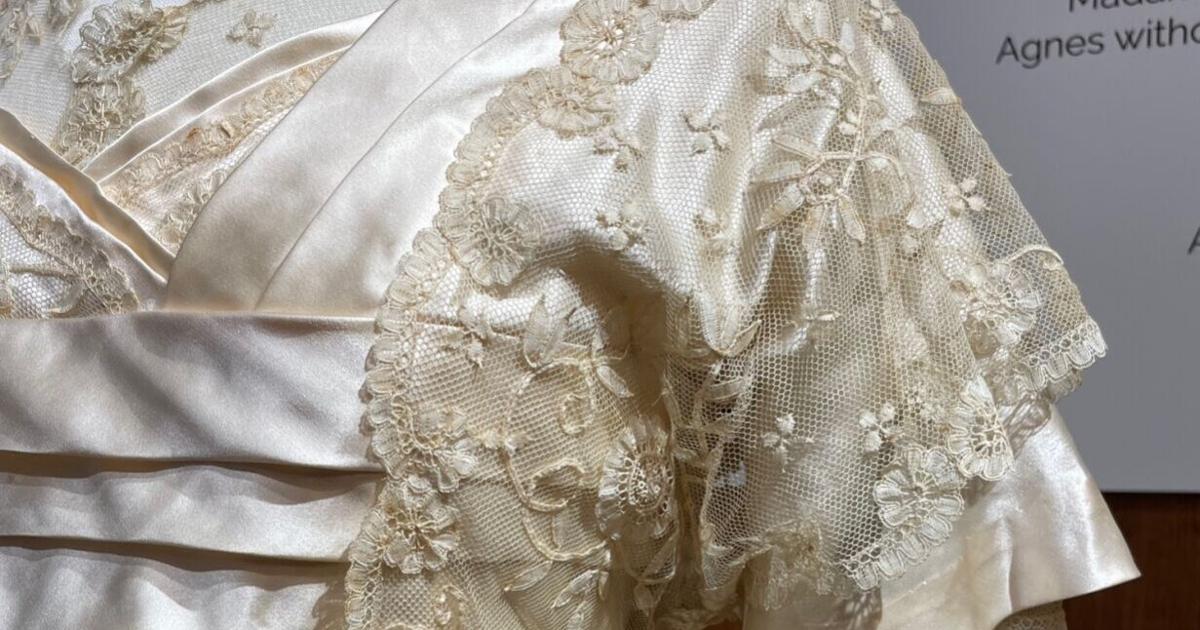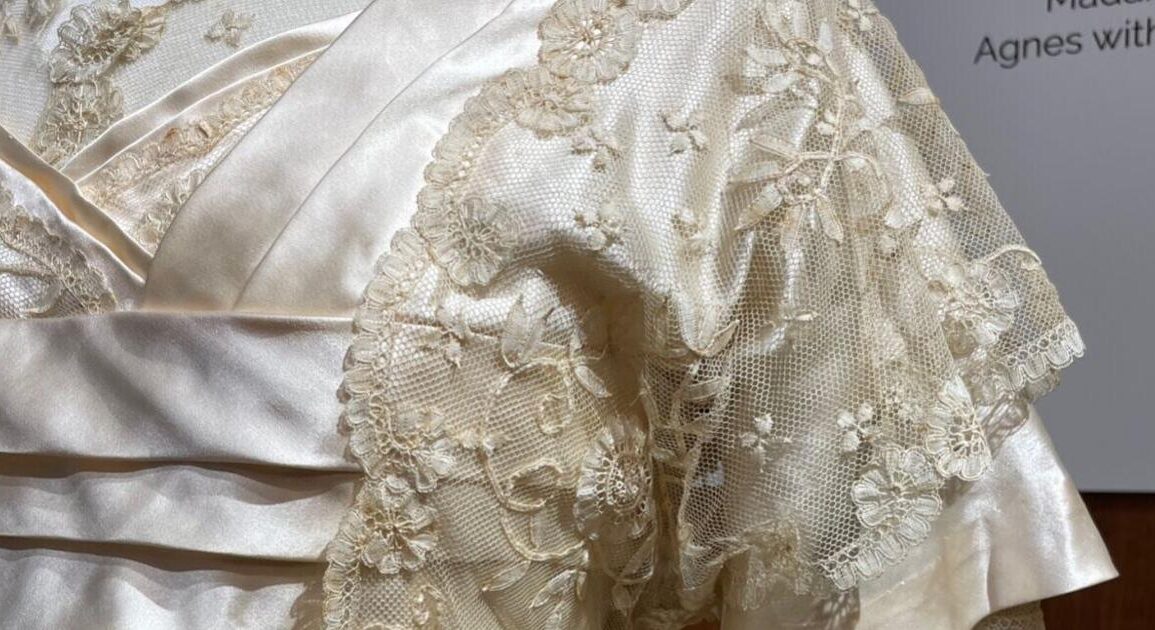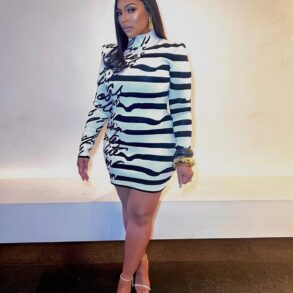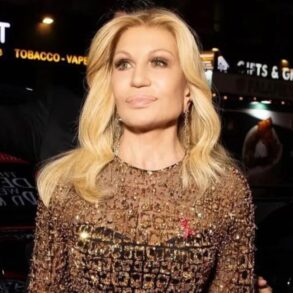
Over the last two years, Cayuga Museum staff and volunteers completed a comprehensive inventory of the museum’s large clothing collection, which was the inspiration for the “Fabrication: Telling Stories through Clothing” exhibit. The collection contains everything from 18th century undergarments to 1950s wedding dresses.
Why do museums preserve clothing collections? Clothing is universal, serving as a functional tool and a method of artistic expression. Everyone can relate to it and it can be appreciated without a description, which makes clothing an ideal historical object, accessible to all. Common items in a museum clothing collection include celebratory pieces like formalwear, commemorative pieces like military uniforms, and items considered unusual today, like hoop skirts and bustles. Displaying clothing in a museum allows the viewer to look at how it’s made and appreciate the construction, but it is important to consider who is making the clothing, both historically and today.
People are also reading…
Many of the pieces in the museum’s collection have documentation about the owner, but not the maker. Before the rise of ready-to-wear, mass-produced clothing, clothing production was relegated to women, who would make their own clothes and those of their families. Considered part of the duties of the “women’s sphere,” the time spent sewing clothing or weaving the cloth was substantial. Women were expected to manage the private, domestic sphere of the home while men dominated the public sphere. In addition to producing clothing, women created other textiles for the home such as quilts and coverlets. Wealthier women were able to pay a tailor or domestic worker to fashion their clothing, freeing their time for entertaining and traveling. Shops sold fabric and trimmings, allowing women to design their own clothes and hats based on the popular fashions of the time.
Women in 19th century Auburn could source material from local shops to create their own designs, and as the population increased by the 20th century, there were more options to have clothing made by specialists. Women saw dressmakers, and men visited tailors. Both dressmakers and tailors designed clothing to fit a person’s body exactly. Two wedding dresses on display in the museum show unique details that represent both the style of the wearer and the maker. On display is a purple taffeta two-piece dress worn by Mary Parker, of Moravia, when she married Franklin Pierce Taber in 1879. The dress features multiple types of fabric and finishes with a long bodice, a beautiful handcrafted piece that was tailored specifically for Mary. Unfortunately the dress does not include any maker’s marks, so we do not know the name of the person who spent many hours creating this design, but their skill is evident in the details.
Another dress demonstrates how silhouettes changed in the early 20th century, and our records provided valuable information about both the wearer and the maker. An ivory silk and lace dress was worn by Agnes Smiley when she married Herbert A. Robinson in 1911.
Agnes lived in Weedsport and ordered the materials from Wanamaker’s department store in New York City. The silk satin was sourced from Austria and the lace from Belgium, and the dress was created by New York City-based designer Madame Rachel, who designed it without the use of patterns. According to the donation paperwork, “The seamstress, who had no pattern, rolled out the material on the floor and began her work.”
While Agnes had the means to travel to source materials, many women had their clothing made by dressmakers in Auburn. Many pieces in the collection contain labels that reveal the name of the maker, allowing us to do more research on who they were. An intricately made blue bodice is on display, featuring lace and velvet details. A label inside reads “Conroy AUBURN, NY.” The 1901 Auburn city directory lists one Christina Conroy as a dressmaker. Newspaper advertisements reveal that Christina worked for other companies, such as Lyon, Elliot & Bloom at 85 Genesee St., until 1891, when she bought a new home on William Street and set up her “dress making parlors” there. The 1901 Auburn city directory lists a total of 39 dress and cloak makers, which is just one of many clothing- and textile-related categories.
Once department stores and specialty shops came to prominence, more clothing was designed and sold as ready-to-wear. Clothes were now available as finished pieces and ready to buy when needed, much like we are familiar with today. The name of a store replaced a dressmaker’s name on the label inside a jacket or dress.
Karyn Radcliffe is the director of collections at the Cayuga Museum of History & Art in Auburn. She has a bachelor’s degree in history from Hobart and William Smith Colleges, where her research focus was on Central American history, and she holds a master’s degree in museum studies from Syracuse University. As director of collections, Karyn is responsible for caring for the museum’s large collection of objects and archival material. This includes making sure objects are stored correctly, updating policies regarding the care and use of the collections, cataloging, and serving as the contact for community members interested in donating objects to the museum. When she is not working in the collection, Karyn helps to write exhibit text and answers research requests. For more information, contact the museum at (315) 253-8051 or cayugamuseum.org.
This post was originally published on this site be sure to check out more of their content.









